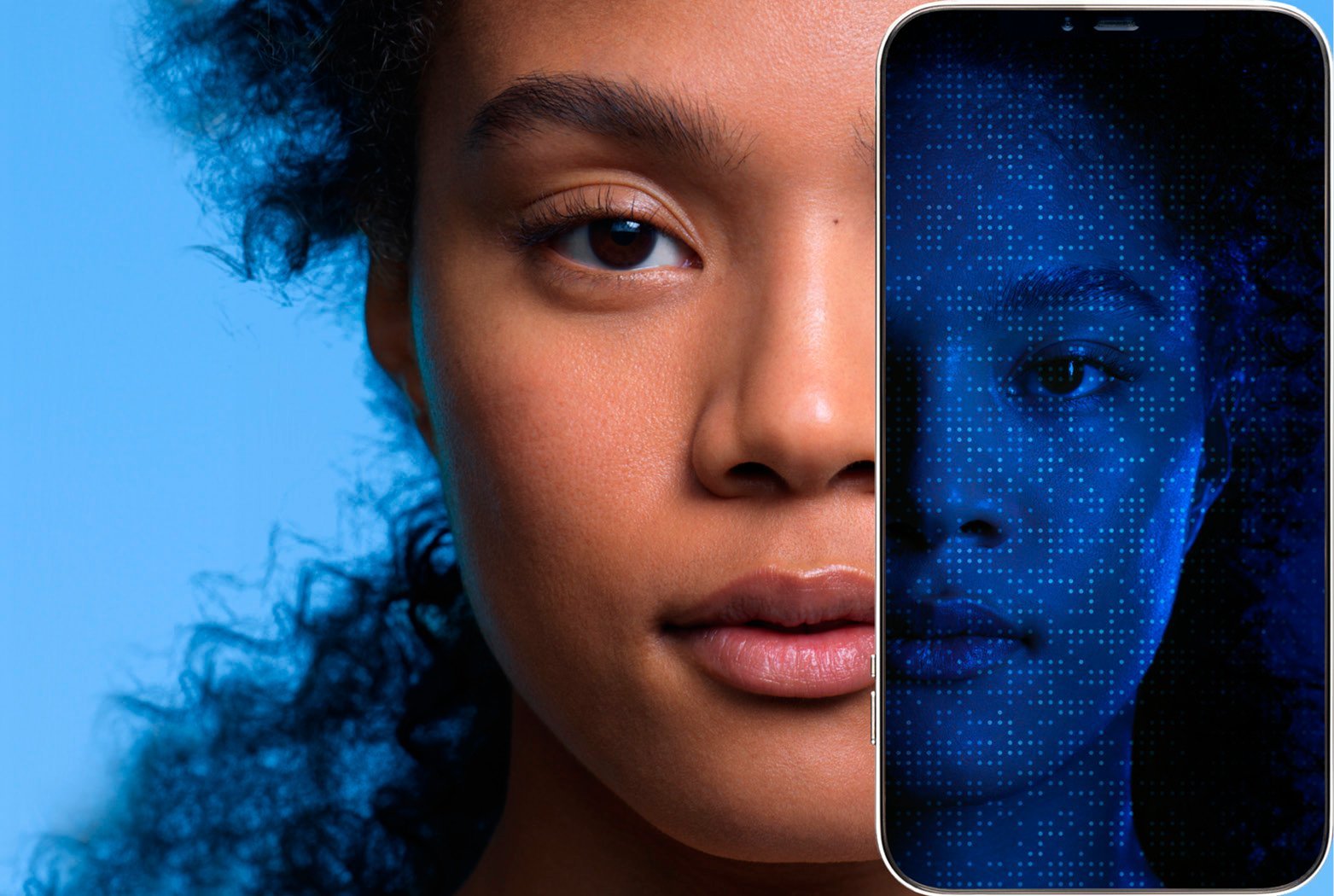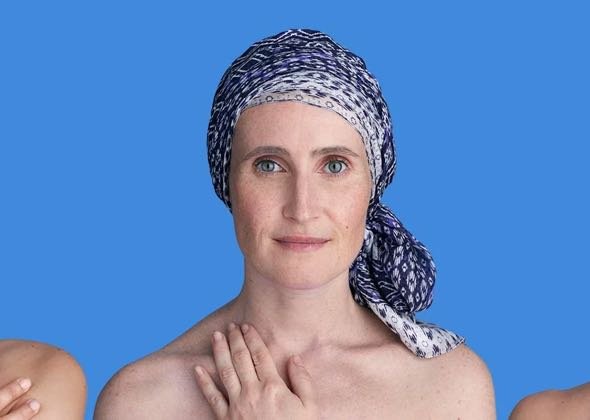HOW THE ENVIRONMENT
AGES YOUR SKIN
Environmental ageing factor 1: The sun
The sun is the source of light and life, but it is also the source of damaging ultraviolet (UV) radiation. The effects of UVB radiation have been known for decades: Sunburn and skin damage. But UVB is only half of the story: Present all year round, even in cloudy weather, UVA and infrared rays penetrate deep within the skin, degrading its essential building blocks. To mitigate their effects, opt for broad spectrum UVA-UVB sunscreen enriched with anti-oxidants such as the ANTHELIOS range.
Click HERE for everything you need to know about UVA-UVB rays.
Environmental ageing factor 2: Pollution
When it comes to sun exposure, the skin "warns" us when we have exceeded our tolerance threshold with redness, pain, and swelling – in other words, sunburn. But there is no such obvious response to pollution, making it a far more insidious threat for skin.
Environmental aging expert Professor Krutmann led a far-reaching study on 400 women - half of them urbanites - in order to confirm the effects of a polluted environment on skin. His study showed that there is a direct link between pollution levels and premature ageing signs, with 20% more age spots in the urban group.
"Environmental aggressors can have a direct impact on skin by triggering increased wrinkle formation." Prof. Krutmann
To mitigate the effects of pollution on skin, be sure to cleanse twice daily. La Roche-Posay Micellar Waters effectively remove all microscopic pollution particles from the skin. Also ask your pharmacist about daily care products with pollution-proof textures to stop particles from adhering to your skin and causing premature signs of ageing.
THE SUN AND POLLUTION:
A TOXIC DUO
Leading to wrinkles and age spots
There is mounting evidence that pollution amplifies and compounds the effects of solar radiation on skin. In the deep layers of the skin, oxidative stress "eats away" at the skin's support structures, encouraging the development of wrinkles.
At the skin's surface, UV and pollution particles work in tandem to send pigment-producing cells into overdrive, contributing to a dull or greying skin tone, "age spots", and other pigmentation disorders. That’s why UVA-UVB sunscreen with a pollution-proof texture is your daily weapon to combat environmental ageing.
DIFFERENT TYPES OF
PIGMENTATION DISORDERS…
…And how to treat them
Pigmentation disorders take the form of either hyperpigmented brown spots, or depigmented white spots.
Age spots
Brown "age spots" often appear on the shoulders, arms, backs of the hands, and legs. Dermatologists call them actinic lentigo, or solar lentigines. These spots are a consequence of skin ageing caused by caused by UV exposure and sunburn. They constitute a warning signal that your “sun capital” (your skin’s maximum sun exposure limit) has been used up. Any additional UV exposure will make them more visible, so all sun protection measures need to be used, including high-protection broad-spectrum sunscreen, protective clothing and a hat.
Melasma
During pregnancy, or as a consequence of taking the contraceptive pill, grey-brown patches of pigmentation can develop on the face and neck. This is often known as "pregnancy mask" or melasma. Although primarily hormonal, melasma is triggered by the sun. If you are pregnant or using the pill, sunblock for melasma is recommended from the first sunny days in spring, to prevent the spots from getting any darker.
Click HERE to learn more about pregnancy mask and how to avoid it.
Uneven pigmentation
In some people, the skin can tan unevenly and form lighter-coloured spots, often on the arms. This blotchiness is often associated with freckles, as melanin is more unevenly distributed in the skin. To avoid uneven pigmentation, your go-to solution is daily UVA-UVB sunscreen on all exposed areas of skin.
Vitiligo
Vitiligo is a depigmentation disorder where the skin loses its pigment (melanin) in certain areas, causing pale white patches to appear on the skin. Vitiligo is a genetic disorder, but it is greatly intensified by sun exposure. A word of warning: Vitiligo patches are not protected from the sun at all – so they can sunburn super quickly. If you have vitiligo or pale spots, always use a high SPF sunscreen on exposed skin, even in winter.
Click HERE to learn how sun protection can prevent skin cancer.
La Roche-Posay Laboratories have created products specifically developed to protect your skin from environmental ageing, and to help lessen the appearance of uneven pigmentation.




